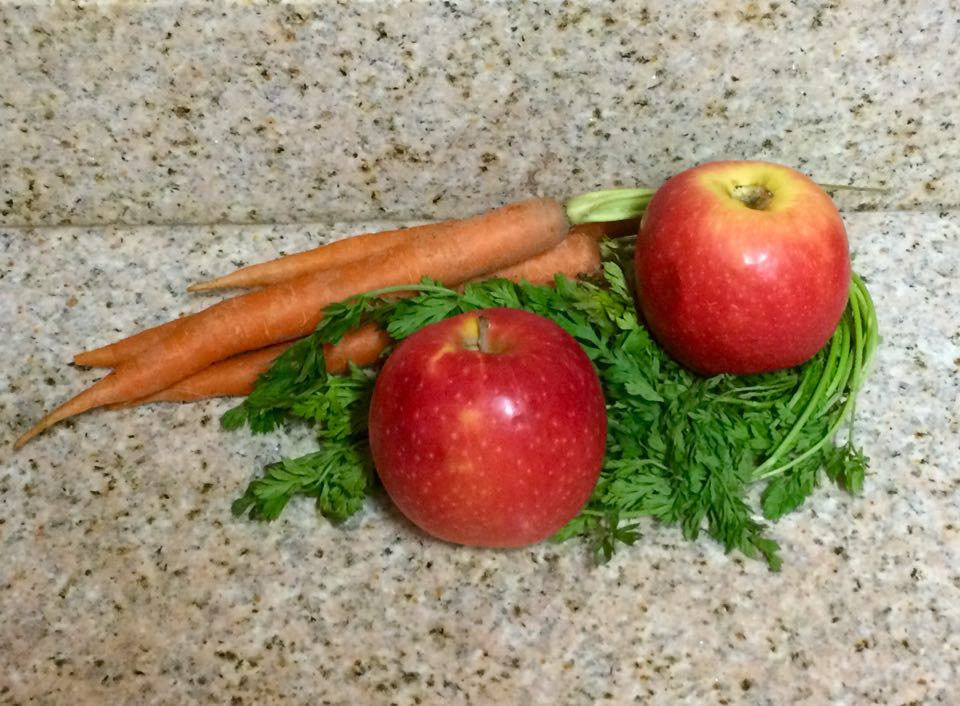“Tomorrow we will can plums, and the next day we’ll start on the peaches. We’ve only got eighty-three lids left, so all too soon this sweltering work will be over, and everything we can’t cram under a lid will be left to rot in the summer sun.”
–Jean Hegland, Into the Forest
Jean Hegland’s Into the Forest, a book about survival and family and youth, is also at times a book about food. In the midst of an indefinitely long power outage and miles from even the nearest neighbor, sisters Nell and Eva must struggle to live. At first, they merely ration the food they have in the house, assuming the power will return. Their diet is limited: beans, rice, flour, eggs retrieved from the family chickens, and vegetables canned by their father. Protagonist Nell savors cups of tea made from a fraction of a teabag and craves hot dogs, waiting for the lifestyle she knows to return.
It doesn’t. Continue reading





